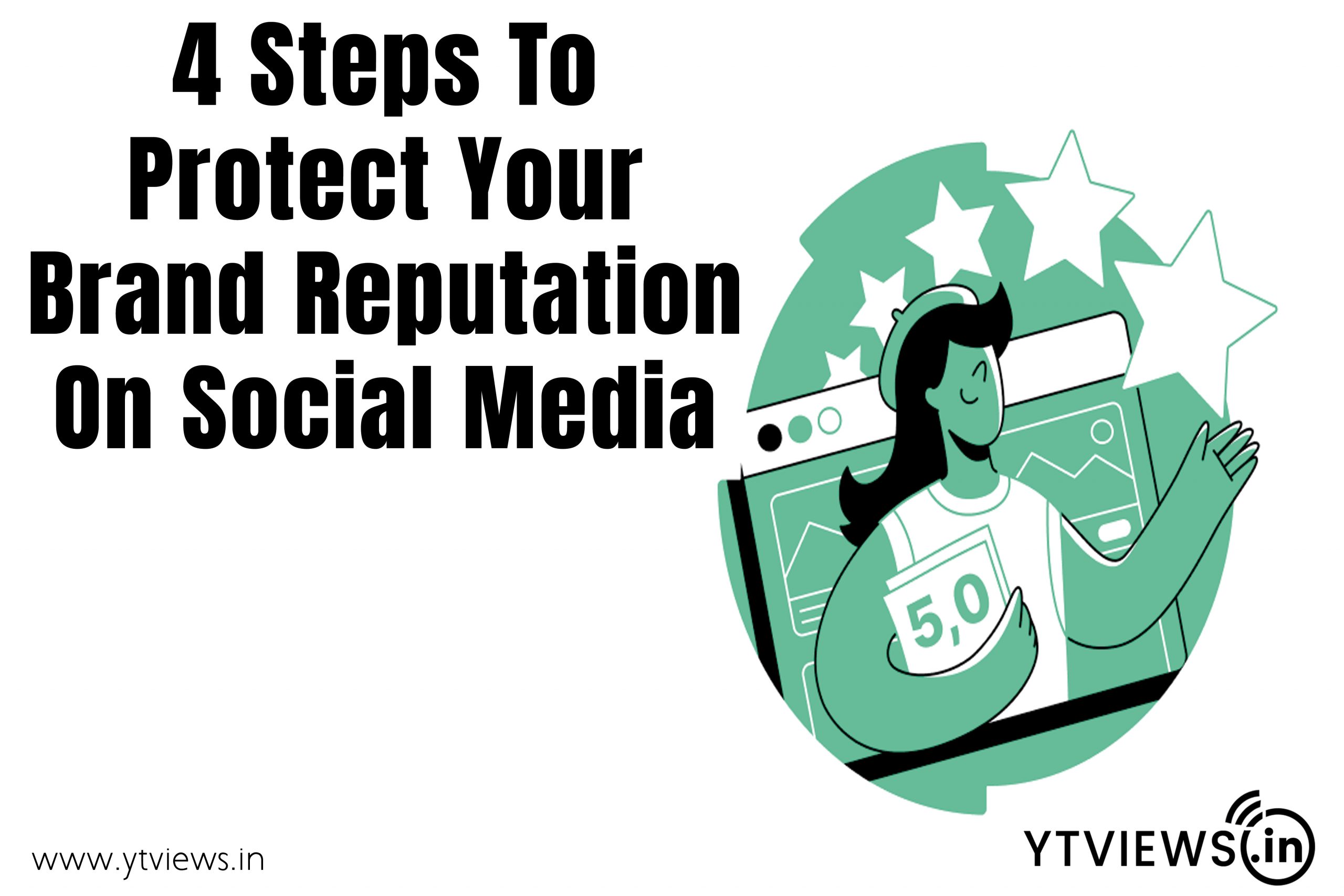4 steps to protect your brand reputation on social media
 What do you usually do before deciding on a purchase of any product or service?
What do you usually do before deciding on a purchase of any product or service?
If you are like most customers, the primary behavioral tendency before purchasing might be to first conduct an online search by scouring through articles or finding reviews from social media pages. Having certainty over a purchase is presumably what your consumers want. Sometimes, these third-party articles or posts can reach your audience first before you do, making it extremely important for businesses to check on what people are saying about them online constantly.
By now, we should all understand the importance of brand reputation on social media and how consumer insights can influence it. In fact, a TripAdvisor-Ipsos Mori survey reveals that 97% of business owners agreed that brand reputation management is critical to a business’s success. Evaluating your current brand reputation among your customers is essential because it can indirectly impact your leads and customer loyalty.
So, how do you enhance your brand reputation? Here are three steps you need to take to protect your brand reputation online.
Do an online search of your brand
Conducting an online search of your brand is one of the easiest steps you or your team can make in understanding your brand’s reputation regularly. A simple search can immediately reveal to you a couple of things that will be useful. For instance, it could provide insights on what the public is thinking of your brand, how you compare to your competitors, and whether your search engine optimization(SEO) tactics are strong enough.

It’s all about creating a hub where consumers can learn more about your brand and giving them the ability to connect to all your social media pages easily. Some examples of what you can do to protect your online reputation include creating SEO-friendly LinkedIn profiles and updating your Instagram and Facebook accounts routinely. Brands can also choose to build their online visibility via blog posts, which are among the best ways to rank at the top of search engines for thought leaders and brands as your website becomes even more relevant for your audience in gathering insights.
Besides searching up your brand name, you can also monitor relevant keywords such as the industry you’re in or even key employees in prominent positions such as the company’s founder. Doing so would certainly give you a more exhaustive search pool, ensuring that you don’t miss out on any posts or feedback associated with your brand.
If you find any negative posts or images when doing your search, you can always reach out to the people responsible for these posts. In some cases, they would respond kindly to your request to take it down or edit should there be any sensitive online information included in the post.
Setting Up a Media Monitoring System
Realistically, we might not always have the time to conduct media monitoring. Amongst all the paperwork and meetings, you’re probably already stretched with the amount of work on your plate. However, that is not an excuse to skip the constant tracking of online conversations concerning your brand.
Lucky for us, there are tools available to do precisely that. Social listening tools can monitor brand mentions and user comments related to your brand. Easy automation of collecting brand-related data would help you stay updated and provide an accurate and complete view of the current state of the market and the general sentiments of your consumers. With the vast variety of social listening tool options, there’s definitely at least one that suits your needs and budget.
Additionally, having a media monitoring system allows you to search the deepest corners of the web and social media in real-time, which can also help you identify potential crises for your brand. These tools usually offer an alert option that will notify you whenever an unhappy customer or stakeholder uploads a post that could affect your brand. Should that ever happen, you’d want to have a rapid response team ready to respond to these posts promptly.
Media monitoring systems can contribute significantly to the overall marketing effort in this social media age. It can enable digital marketing and PR teams to have a bird’s eye perspective of your brand’s online image. Having negative news could lower customer confidence in your brand’s offerings, ultimately impacting your brand’s growth. We live in an era where we have the luxury of technology to help us with these painstakingly time-consuming tasks, so take advantage of it.
Socializing With The Audience
A good brand reputation begins with trust. To achieve that, brands need to ensure stellar customer experiences and actively engage with them. Considering that 88% of consumers trust online reviews as much as personal recommendations, it is essential that your customers have pleasant interactions with your brand. Seeing an overall positive online reputation creates positive expectations sequentially, encouraging customers to label your brand with better credibility and inherently builds customer loyalty.

To encourage positive reviews for your business online, brands need to treat their customers online and offline with respect—consumer influence often runs far and wide virtually regardless of touchpoint. As consumers actively search for reviews before making a purchasing decision, brands should ensure a smooth and easy process for their customers to leave reviews on their websites. Reviews could be the deciding factor turning potential customers to brand advocates.
A business’s reputation is more than just reviews. Consumers also look up brand social media accounts as part of their research process. Seeing an account with a strong online presence while making meaningful interactions with their followers is just one factor influencing their perception. Brands need to provide value through their content and contribute to the online conversations among their followers, even when it does not add any direct benefit to your brand. Successive engagement breeds a sense of familiarity within your community, and over time trust is formed.
Although we can try to portray a positive online brand reputation, there would inevitably still be consumers who are left unsatisfied. As such, tactfully dealing with a complaint or negative comment is a skill that all brands need. One good practice brands can consider is asking your customers to contact you directly if they face any issues and to leave a review on high-profile review websites if they’re satisfied with your products or services. Remember, even though you can’t prevent it, you can still manage it.
Being Proactive
You can never be too prepared to protect your brand’s online reputation. That’s why sitting back and letting the consumers do the work is not enough. Brands need to actively keep track of what’s going on so they would not be caught off guard while strategizing the best way to maintain a positive brand image.
With the help of social listening tools, brands can monitor online conversations purposefully and identify potential crises. These data and insights, if brought up to the right stakeholders, allow brands to design meaningful tactics to tackle challenges and push for brand growth. In a time where news reaches people in just a second, maintaining a positive reputation is crucial and could make or break a business.
Related Posts

Instagram Implements Advanced Protections for Teen Users.

5 Skills to Become a Successful Social Media Marketer

LinkedIn Adds AI Training Opt-out Option

What Video Editing Software Do Youtubers Use in 2024?

How VoIP Services are changing the Way We Make Calls






































